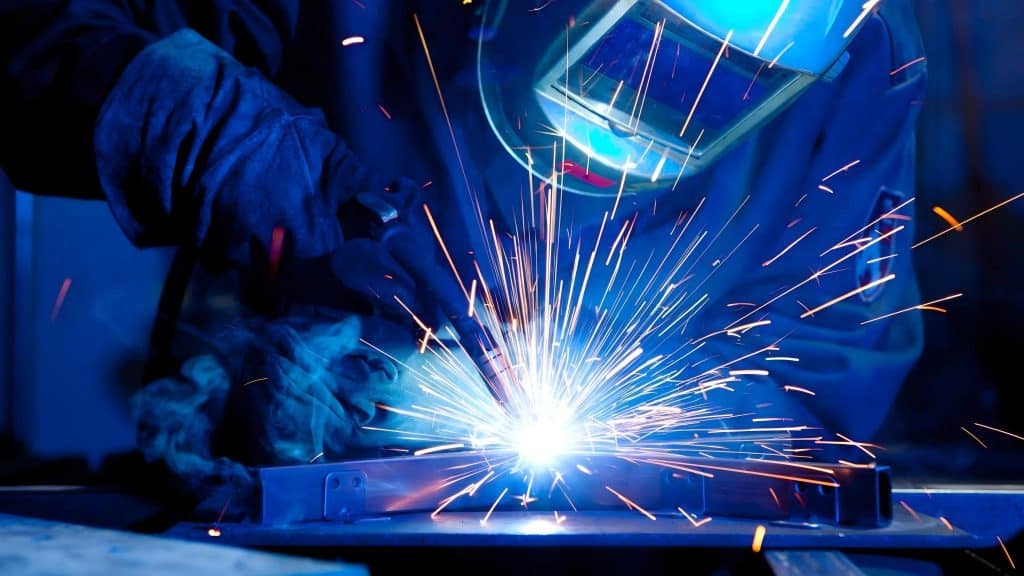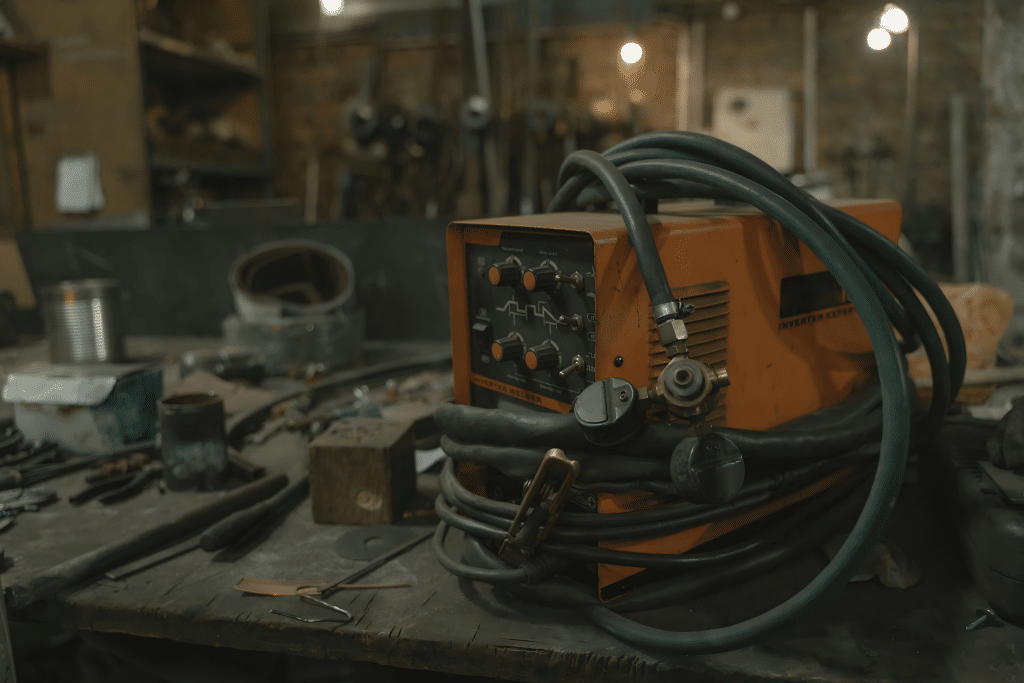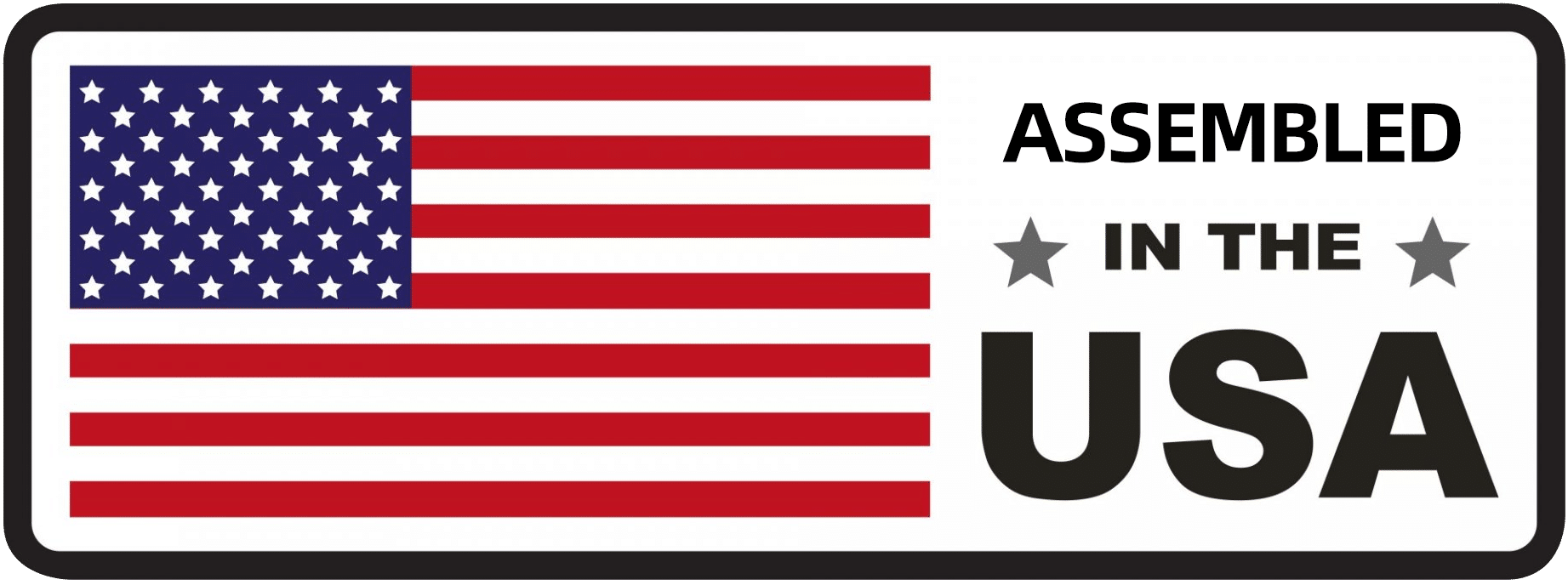
Titanium is renowned for being a strong and versatile metal despite being lightweight. These mechanical properties are the reason why it has seen widespread adoption in critical industries, such as in aerospace, medical implants, and automotive manufacturing.
To successfully laser weld titanium, specialized welding equipment needs to overcome the unique challenges titanium poses. If not properly controlled, its high melting point and reactivity with oxygen and other gases can compromise weld integrity.
Laser welding, in general, promises a precise and efficient solution for welding titanium, since it can minimize distortions and ensure a clean welding environment.
This article is here to guide you through the key principles you need to know about titanium welding, as well as some best practices for achieving high-quality welds with the material.
The Complexities of Welding Titanium
Despite titanium’s excellent properties, there are a few key reasons why it can be challenging to work with.
Titanium has a high melting point of approximately 1668°C, making it more difficult to melt and fuse when compared to other metals. It also has a low thermal conductivity, which means heat is retained longer in the welding area. Together, the high heat input needed to weld titanium can cause the material to warp or distort.
Titanium is also highly reactive with oxygen and hydrogen at elevated temperatures. This can form a layer of titanium oxide on the surface, making the welds weaker and susceptible to embrittlement. Additionally, the molten aluminum can absorb ambient hydrogen. As it cools, the hydrogen remains inside and creates porosity in the weld metal.
These challenges require precise control over the heat input and shielding to avoid defects. This is why laser welding can be especially effective for titanium, ensuring clean and durable welds.
The Benefits of Laser Welding Titanium
One of the primary benefits of laser welding is its high level of precision and control. The tightly focused laser enables the welding of thin or complex titanium sections. Because laser welding is a low-heat process, less heat gets transferred to the surrounding material, which can eliminate the risk of distortion and limit grain growth to preserve titanium’s mechanical strength.
While the shielding gases are critical to prevent titanium oxides from forming, it’s the high heat that allows oxygen to react in the first place. Laser welding’s reduced heat input can help reduce or even avoid any potential oxidation during the welding process.
Its controlled heat input reduces the need for the typical post-weld treatments, saving both time and operational costs, and its precise control enables faster welding speeds, which can lead to increased productivity in throughput and manufacturing operations.
The controlled heat input of laser welding also means that the need for typical post-weld treatments is minimized, saving time and cost. This allows for faster welding speeds, which lead to increased productivity in throughput and manufacturing.
The Process of Laser Welding Titanium
The Preparation Process
The first step is always to prepare the workspace before even starting the welding process.
Double-check if the joint configuration is fitted and aligned correctly to optimize for accessibility and strength. Afterwards, thoroughly clean and degrease the surface to remove any potential contaminants that could jeopardize the weld quality.
To maintain weld quality, the welding environment needs to be carefully controlled. Inert gas shielding protects the weld pool from oxygen or hydrogen, while ensuring a controlled atmosphere around the welding area can eliminate exposure to latent moisture in the air.
The Basics
So, how do you weld titanium together? The process of laser welding titanium begins with laser generation. The laser source generates a high-energy beam of light that is concentrated onto the titanium surface. Afterwards, the beam is focused with lenses to narrow it down to a precise point.
When the laser hits the titanium, the material is rapidly heated up until it melts and fuses with the adjacent material. Since the beam is directed to a fine point, the heat is localized to the weld area.
Inert gas shielding protects the metal in the weld area from oxidizing or reacting with other atmospheric gases. Typically, argon or helium is used because of their unreactive nature.
After the laser has finished passing through the material, the molten titanium will rapidly cool down and solidify to form strong welds.
The type of laser that’s best suited for welding titanium depends on the intended application. Fiber lasers offer high efficiency, especially for thinner materials, while CO2 lasers have greater flexibility and can be suitable for more precise welding.
Key Considerations and Parameters

When laser welding titanium, understanding the key parameters will help you achieve the optimum results. Let’s break each parameter one by one.
Power density changes the penetration depth and weld width. Higher power densities result in deeper welds and wider fusion zones, while lower power densities produce shallower welds.
Pulse duration impacts the size of the heat-affected zone (HAZ) and cooling rate. Longer pulses can lead to a larger HAZ. Meanwhile, shorter pulse durations minimize heat transfer to the surrounding material, resulting in a smaller HAZ.
Beam diameter, or focal point size, influences the energy concentration. A narrower beam will focus the laser onto a smaller area, yielding an increased penetration depth. For shallower welds that cover more of the surface, a wider beam will spread the energy over a much larger area.
To sufficiently protect the weld area from oxidation, select the appropriate shielding gas type and flow rate based on your welding parameters. Also consider material thickness and joint geometry when adjusting the focus position and spot size to ensure optimal energy delivery to the desired locations.
Practical Tips for Better Results
A good starting point would be to refer to the parameter ranges recommended by the manufacturers. Often, manufacturers provide guidelines for different materials, so you can refer to those guidelines and adjust based on thickness and joint design.
Use real-time sensors or cameras to monitor weld temperature, melt pool size, and beam patterns to ensure consistent quality. To ensure repeatability and precision, employ automation or adaptive control systems like the Denaliweld COBOT series.
Before welding, make sure that the welding environment is clean and verify that you have the correct inert gas shielding type and flow rate.
If there are any issues with the parameter settings, you can troubleshoot them by adjusting one parameter at a time until you get the desired results. Weld integrity can be assessed by inspecting weld samples microscopically or by performing nondestructive testing techniques, like ultrasonic inspection.
Conclusion
Titanium’s unique properties make it one of the more challenging metals to weld. Yet, mastering the art of laser welding offers a powerful solution that delivers stronger and more reliable joints, which are crucial for high-performance industries.
By combining modern laser technologies with proper preparation methods and precise parameter control, manufacturers can significantly reduce the risk of defects, such as porosity, cracking, and distortion. This level of control helps ensure consistent results across a wide range of applications.
Looking to upgrade your welding capabilities? Explore the catalogue of Denaliweld laser welding solutions. If you’re not sure if it’s the right fit for your needs, why not rent one of their welding machines to experience laser welding first-hand? Their products are proudly built to deliver unmatched process consistency to help make quality your standard.



